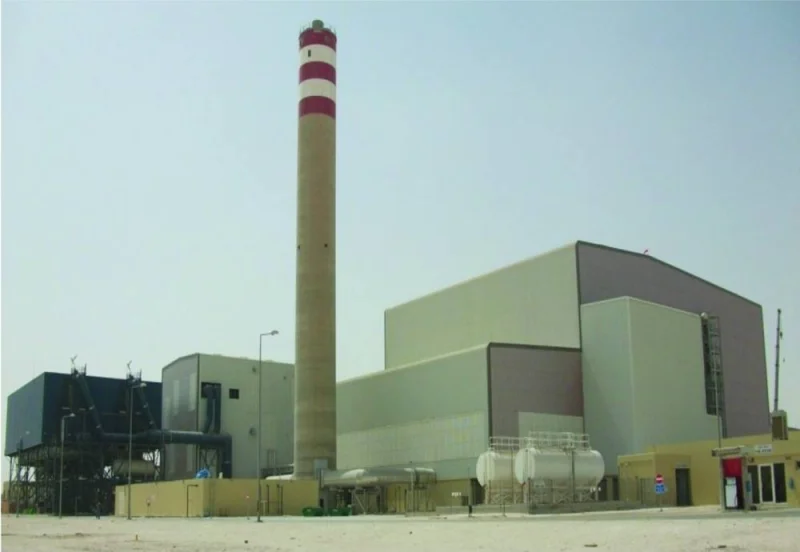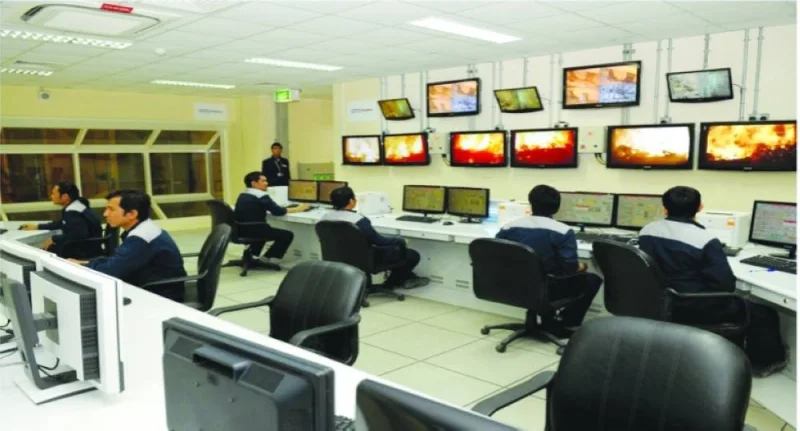As much as 558,340 kwh of clean energy was produced from the waste generated throughout the FIFA World Cup Qatar 2022, that ran from November 20- December 18, the Ministry of Municipality announced Tuesday.
Engineer Hamad Jassim al-Bahar, director of Waste Management Department at the Ministry of Municipality, pointed out that the World Cup contributed around 1,129.25 tonnes of the primary materials for the recycling factories. These included paper, cardboard, plastic, metal, and glass.
While 72% of the waste was recycled, the rest was used to produce clean energy in co-operation with the Supreme Committee of Delivery and Legacy (SC) and the private sector, he explained.
"This is an unprecedented achievement by any host country of the FIFA World Cup, making Qatar comply with its commitment for producing a sustainable and environment friendly tournament," the official pointed out.
Engineer al-Bahar noted that the department succeeded in producing around 797.01 tonnes of fertilisers from the waste of the stadiums and fan zones, in addition to 202.48 tonnes of plastic materials, 65.43 tonnes of paper and cardboard, 60.57 tonnes of metals, and around 4.47 tonnes of glass materials.
A total of 2,173.31 tonnes of waste were received from the World Cup stadiums. Further, the General Cleanliness Department removed around 54,865 tonnes of waste by employing 12,230 workers and supervisors, using 1,627 trucks and equipment.
Engineer al-Bahar stressed that such outcomes have been achieved due to the constructive cooperation between the department and the SC and all the entities concerned in organising the tournament. The SC carried out several visits to the Waste Treatment Centre at Mesaieed City, which is considered the largest in its category in the Middle East, he added




Engineer Hamad Jassim al-Bahar


